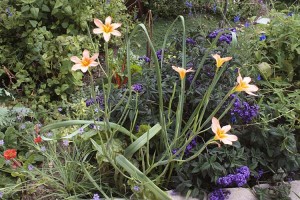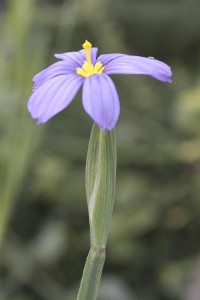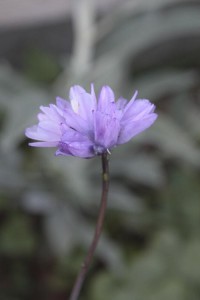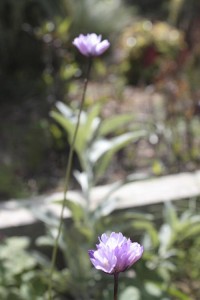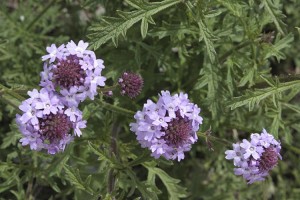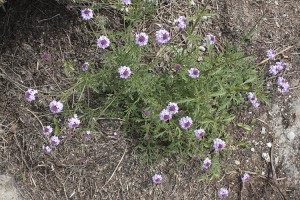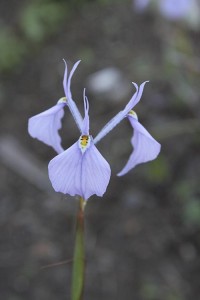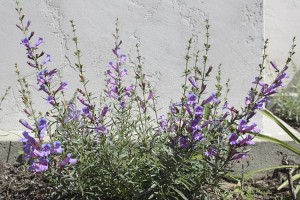I often have trouble mixing ornamentals and vegetables together in a garden bed that’s supposed to be “for company,” a bed that’s meant to be attractive as well as containing tasty-looking plants that you’d like to take to the dinner table.
Some parts of the garden where I’ve snuck veggies in with the other plants look a little chaotic, but here’s a patch that I really like the looks of. Earlier I showed part of this corner that the bedroom window overlooks. But new things are starting to bloom, and the colors are starting to really click for me.
When I was putting this bed together, I set myself the main rule of “nothing yellow.” In deciding what veggies to place there, I just stuck to that organizing principle. (Okay, can you tell that I work in libraries and organize information during the week?)
This bed features several edibles: red-stemmed chard, orange-stemmed chard, Red Winter red Russian kale, red beets, plus catmint for tea (and for the cat). The ornamentals include scarlet geum, purple heliotrope, violet blue-eyed grass, the salmon-colored bulb Homeria collina, two blue sages (Salvia sagittata and Salvia cacaliaefolia) plus a few other things not in bloom.
For sure, there’s a lot of red and blue and purple going on here. But several variations on green in the background green do wonders to pull together what might otherwise be chaos.
I’m going to hate cutting any of these veggies for dinner…


